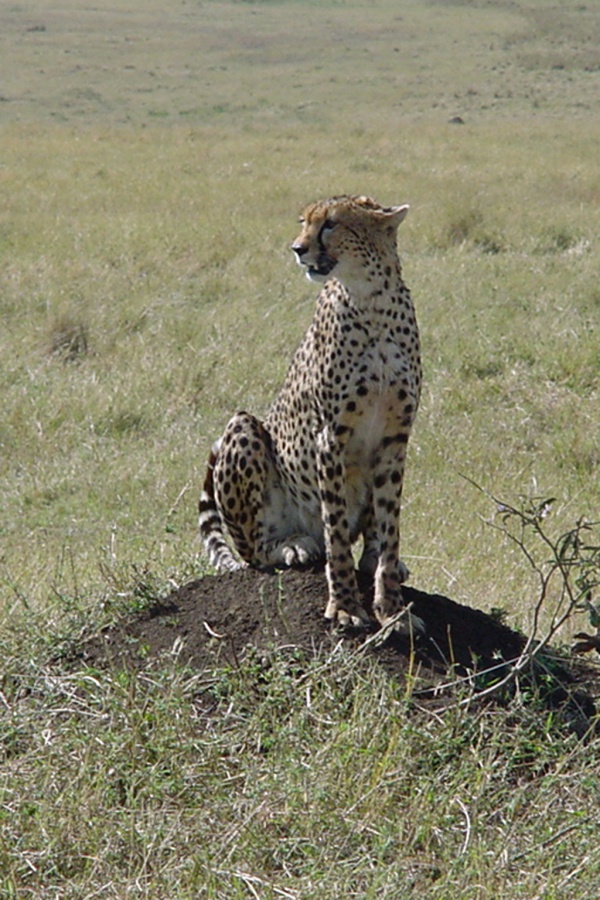Facts About East African cheetah
The East African cheetah roams the grasslands and savannas of East Africa, inhabiting countries such as Tanzania, Kenya, Uganda, and Somalia. They are particularly prevalent within the Serengeti ecosystem and Maasai Mara. Although different subspecies were proposed in the past, these were consolidated into the single subspecies Acinonyx jubatus jubatus in 2017.
As of 2007, the estimated population of East African cheetahs ranged from 1,960 to 2,572, marking them as the second-largest cheetah population after the Southern African cheetahs. Kenya hosts the largest contingent, with about 800 to 1,200 adults recorded as of 2015. However, habitat loss has led to their extinction in some nations, such as Rwanda and Burundi.
East African cheetahs boast a fascinating evolutionary history, exhibiting genetic differences from Southern African cheetahs due to a divergence that occurred approximately 28,000 to 36,000 years ago. They possess a distinctive white-yellowish coat adorned with black spots, and occasionally, melanistic (black) cheetahs have been observed.
These cheetahs thrive in scrub forests, grasslands, and savannas, with the highest densities found in northern Tanzania and southern Kenya. To ensure their protection, various conservation initiatives are underway, including the Mara-Meru Cheetah Project and the Tanzania Cheetah Conservation Programme.
Despite these efforts, East African cheetahs face numerous threats, including poaching, habitat loss, and diseases. They are listed under international conservation agreements such as CITES and CMS to help safeguard their future. The East African cheetah has also captured the cultural imagination, featuring in numerous books and films that underscore its significance and beauty.

 Tanzania
Tanzania